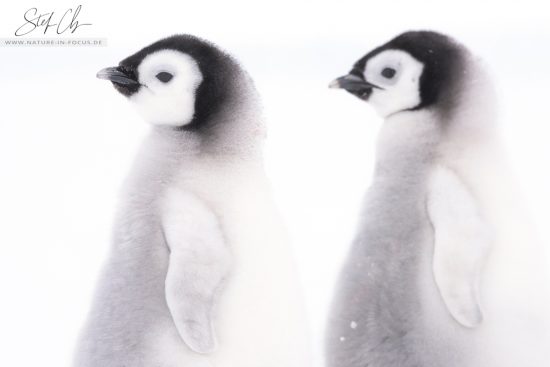
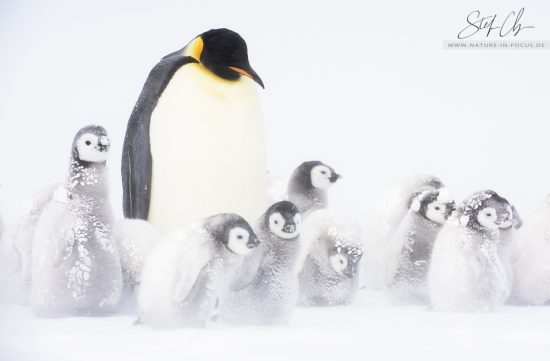
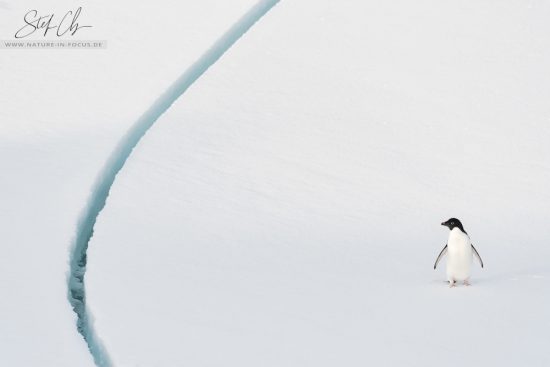
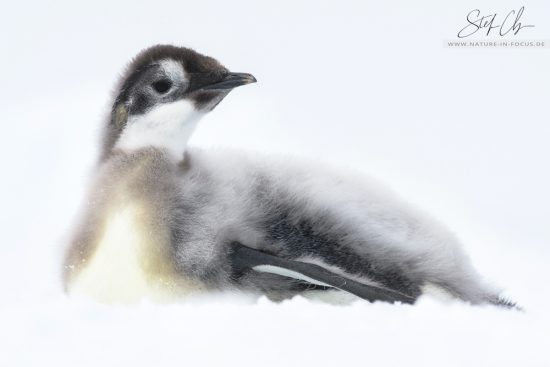
Stefan Christmann recently returned from Antarctica and after a few weeks of adapting to the real world he wrote this post about some technical aspects of shooting with Nikon gear in Antarctica. You can find Stefan’s work on his website, Instagram and Facebook. You can check also his previous [NR] guest post (click on images for larger view):
Soft clouds are rolling in, partially covering the otherwise crystal clear sky while I am sitting in front of my computer, sipping on my freshly brewed coffee. It’s a spectacle that I have not seen in a while, but out of the scattered clouds it suddenly starts to snow. As I watch the perfect little crystals slowly descending on the ground a beam of light breaks through the increasing layer of clouds and hits my face, warming up my cheek. The snow is now backlit and looks like drops of light are raining from a busy sky. As I walk over to the window in order to lower the blinds I can spot the first flowers peeking through the surface of our front lawn. It’s almost spring time in Germany and temperatures as well as daylight hours are finally increasing again. It’s a beautiful day and consequently, my wife and I decide to pause office work and just head outside for a walk in our nearby forest. I throw on a light jacket and step outside where a mild breeze touches the skin of my face. I can effortlessly inhale the fresh air without having to fight against my balaclava. Everything is so easy quick with almost no preparation necessary – my body has completely forgotten what it feels like to be exposed to -40°C on a windy day.
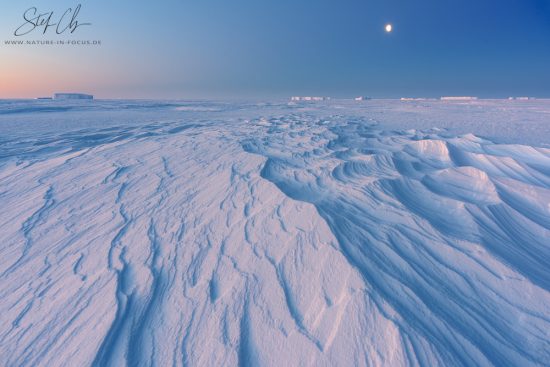
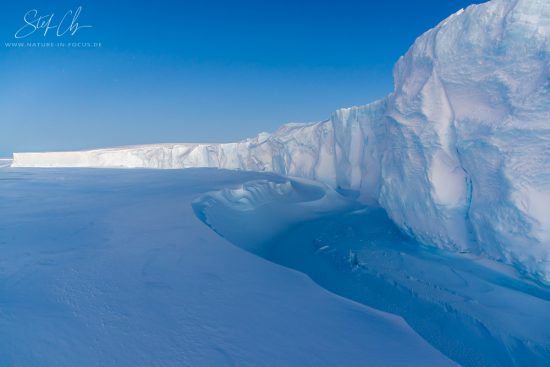
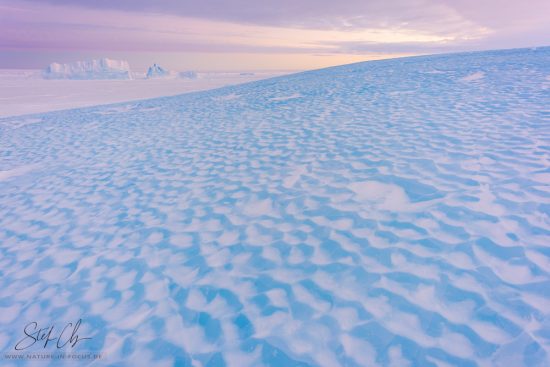
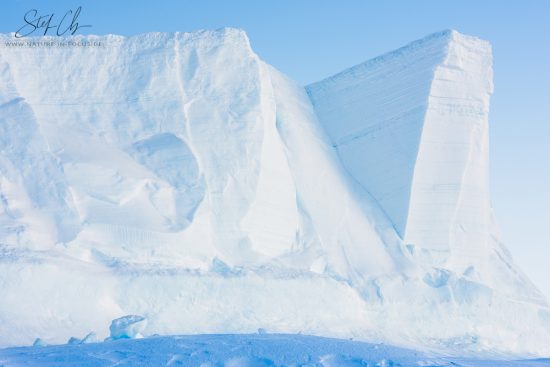
I returned from my second year in Antarctica just a few months ago and can almost not remember anymore how much effort it took to just step outside every day. Putting on all of our polar clothing usually took around 10 minutes, but grabbing a radio, a GPS unit, pre-warming the skidoos, packing gear etc. easily extended this procedure to at least half an hour. Let me assure you that working in a place like Antarctica during the southern winter is anything but simple and straightforward. In fact, every step taken should be carefully planned and executed. In my previous posts on NikonRumors I described to you what a magical place Antarctica was and how many opportunities there were for nature photography. This article however will be a bit more technical, but hopefully just as interesting to you.
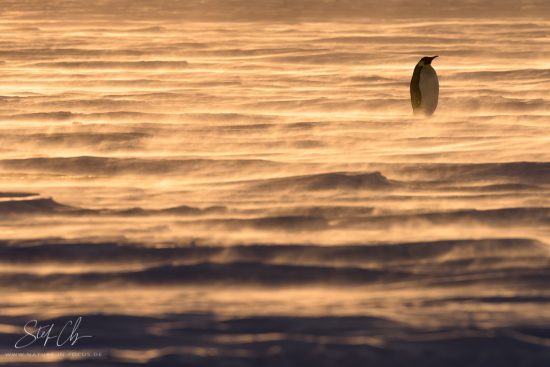
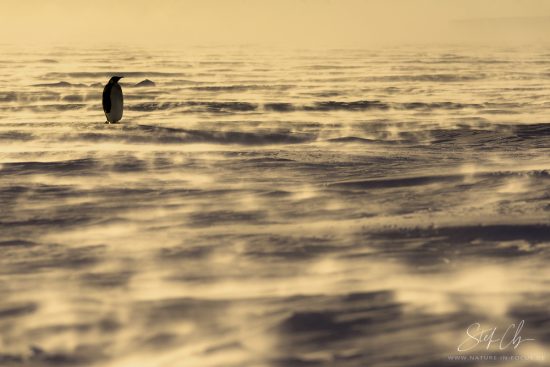
As a BBC film team we spent 11 months on the German Antarctic research station NeumayerIII in order to capture footage for a landmark production called DYNASTY, which will focus on five different animal species, one of which are the emperor penguins of Atka Bay. Being able to spend such an extended amount of time with the penguins and really getting to know them was a special treat, which even nature filmmakers rarely ever experience. Consequently, we were able to record never before seen footage and a great variety of shots, which would not have been possible without having extended amounts of time. Using the latest and most modern equipment we also raised the bar in terms of image quality of the material that we brought home from Antarctica and cannot wait now to see the final program on TV. If everything goes according to plan our film about the emperors will air by the end of 2018.
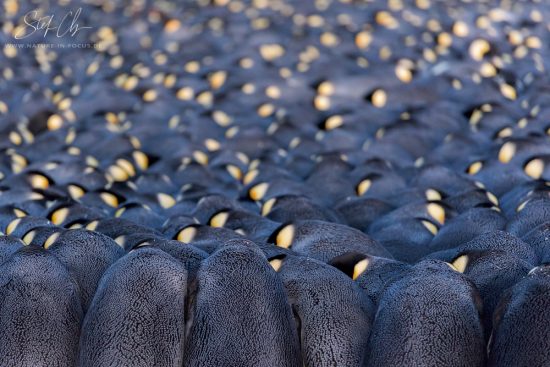
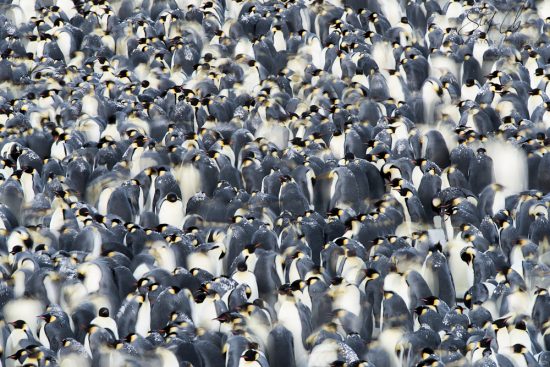
Many of you have asked me about my experiences with equipment in the field and also asked for tips and suggestions on shooting stills and film clips in the cold. After coming back and adapting to “the real world” again, I felt it was time to finally deliver on my promise to share some of my findings and experiences with you.
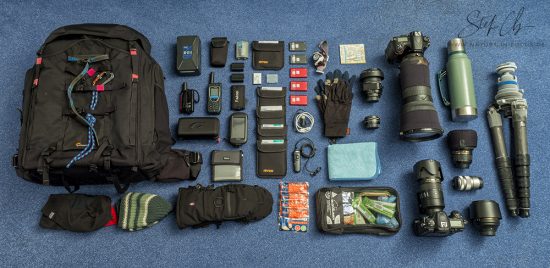
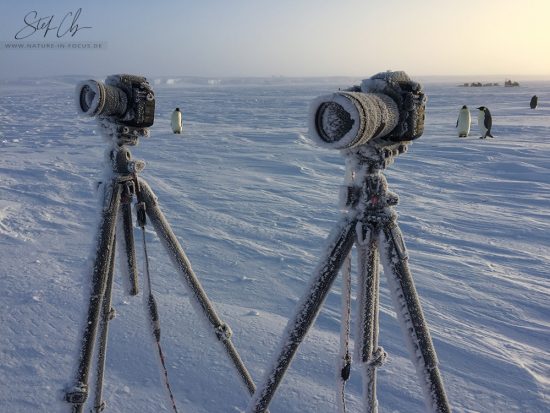
The two main cameras I used during our shoot were a Nikon D500 and a Nikon D810. Both cameras performed exceptionally well and better than anyone could hope for when taking a consumer device beyond its specified operating temperatures. The weather sealing of the bodies also proved to be extremely effective. When we left three D810 bodies outside to do an overnight timelapse, a severe storm with wind speeds above 120km/h hit us unexpectedly and we could not retrieve the cameras for two whole days. Upon our return onto the sea ice they had fallen over, were partially covered by drift snow, but still happily clicking away. We “dusted” them off with a paint brush (very handy to brush of snow) and stored them in air sealed peli-cases together with several bags of silica gel. Bringing the peli-cases inside, we slowly warmed them up always keeping them closed to avoid buildup of moisture from contact with our inside station air. That being said, slowly warming up gear from -35°C to +20°C will take a bit of time and one day usually isn’t too much. We checked and cleaned the bodies afterwards, downloaded and formatted the memory cards and continued using them like nothing ever happened to them – Chapeau Nikon!
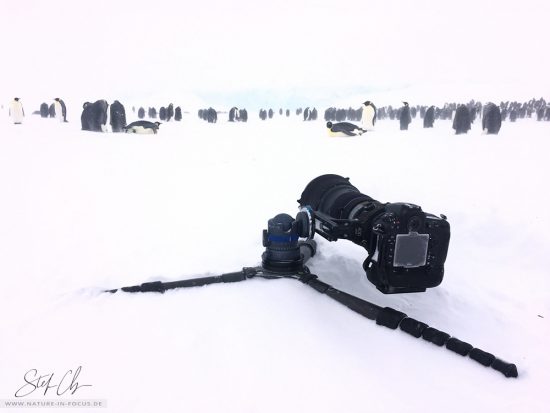
Speaking of timelapses – the number one question I always receive is about batteries. How long do batteries last in such conditions and how do you actively prolong battery life? I will give a two-part answer to this question:
For normal photography, I used EN-EL18 batteries (neither “a” nor “b”) in the respective battery grips of the D810 as well as the D500, connected to a BL-5 adapter. On days with temperatures above -20°C I rarely ever used more than two batteries and was able to get up to around 4000 shots. Of course this number will drop if you continuously use live-view or record video. Contrary to my initial assumption the D500 performed better in terms of power consumption than my D810, which means that I cannot support the widespread opinion, that the D500 is especially power hungry. In fact, on very cold days at -35°C and below I was able to get more shots out of the D500 using live view and contrast AF than out of the D810 using regular phase detection AF. I always carried three EN-EL18 batteries in my pockets, close to my body and underneath my polar clothing to keep them warm until I needed them. On -20°C days, I would simply keep them inside the battery grip throughout the day while on -35°C days I would always take them out after each shot and put them back in my pocket. It’s a tedious process and slows you down considerably, but it kept me shooting for the few hours of daylight that we had during the very cold phase of our stay (May, June, July, August).
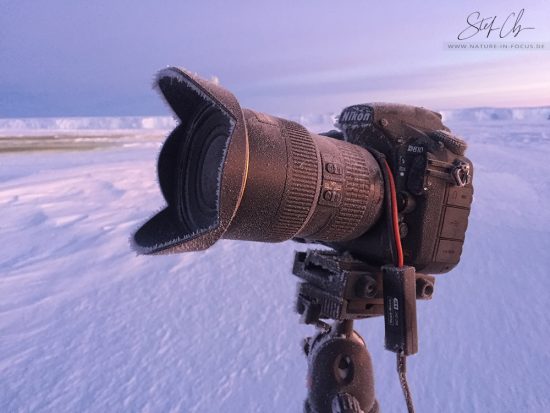
Now the second part of my answer is about external power supplies, which will last longer than one day, especially for timelapse applications. Neither the EN-EL15 nor the EN-EL18 were capable of supporting timelapse shooting for an entire day, let alone day and night. Instead we used V-Lok batteries of our main camera in order to power the Nikon bodies. The British company Hawk-Woods (http://hawkwoods.co.uk/) makes battery dummies for a variety of camera bodies and also a dummy for the EN-EL15 battery, which can be fitted into the D810. We connected the battery dummy via a highly flexible silicone cable and two XLR type connectors to a V-Lok plate and then used an IDX Elite Lithium Ion battery in order to power the system. For one night (even very cold ones) this would usually do the trick to keep the camera shooting for roughly 12 hours at a time. When we were doing multi-day time-lapses we powered the camera with three IDX Elites through a custom made cable that connected to three V-Lok plates in parallel. One thing we noticed though when powering the D810 with a dummy battery and IDX Elites was, that we needed to switch the shooting mode of the body to “Continuous Silent” – otherwise the time-lapses would lock up just after a few shots. We are not 100% sure why that was the case, but the DC/DC converter used by Hawk Woods in order to change the 14V from the Elites to the 7V of the Nikons was a little on the low end in terms of the maximum allowed peak current. By choosing the slower shooting mode we could reduce power peaks and hence solve the problem (or at least work around it).
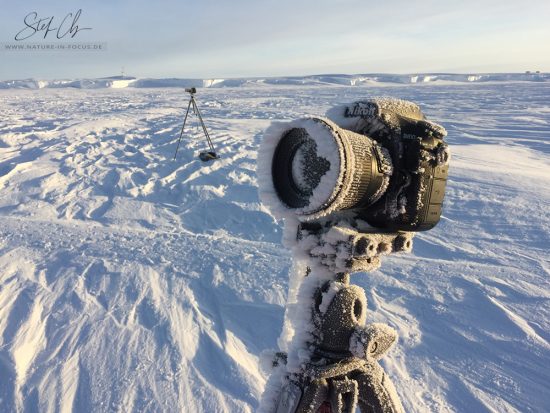
Next on the list is a description of general issues I encountered while handling the camera in cold temperatures. The most obvious obstacle is controlling the camera with thick gloves on. Most camera buttons are small and shallow, which supports the integration of even more buttons and better weather sealing. Feeling the control buttons on the backside of the D810 and the D500 with mittens is not easy and takes a few days to really get used to. I have to say though, that this drawback is perfectly manageable and while it never becomes easy or error-free, handling a camera with thick mittens IS possible. I personally use the Heat Layer glove system from The Heat Company (http://www.theheatcompany.com/en/gloves) which was very effective and comfortable. That being said, with the polar hood put on top of the full leather shell, you cannot fold the glove over anymore in order to expose single fingers and consequently will have to get used to reduced tactility. One thing which happened to me more than once was, that I would accidentally turn the control dials of the D810/D500 when picking the camera up from the ground. Since I usually shoot in manual mode this usually resulted in over- or underexposed frames, depending on which way I had turned the dial. Of course through the thick gloves I never felt that I had actually moved anything so messed-up shots usually came as a surprise.
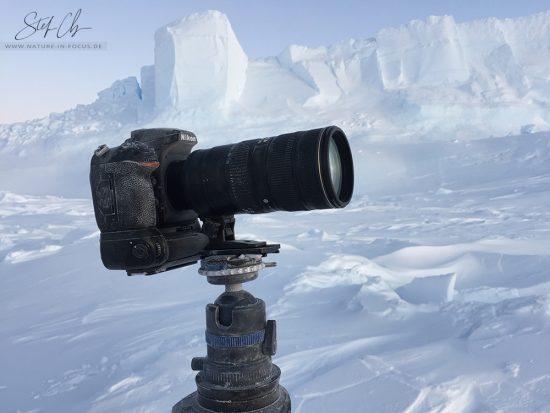
Another big downside of shooting in extremely cold conditions in the sluggish response of LCD screens. Both, the AF field indicator as well as the screen on the backside of the camera are liquid crystal based and will suffer from cold temperatures. While all of these performance deteriorations are reversible when the camera is warmed back up, they can make working in the field very difficult. Obviously in live-view mode the screen will become slow after cooling down and every scene movement will be blurred into a bright mess of sluggish pixels. At -35°C live-view was usable for roughly two hours, before the screen became too slow. Upon looking through the optical viewfinder the situation improved, but only until selecting a new AF field. Being sluggish in response as well, changing AF fields would result in all temporarily selected AF fields lighting up and slowly fading again until one could not tell anymore which field was selected and which field wasn’t. I found this to be most annoying drawback of cold temperature shooting, since it really affected my workflow. Trust me – there is nothing worse than having a great scene in front of you while the AF is hunting back and forth just because you accidentally selected an off-subject AF point, even though the on-subject point is still shown as active. As a consequence, even if it was not ideal, I usually stuck to the center AF point and used the focus and recompose technique. My best friend was the center button of the multifunction wheel on the back of the camera, which I had configured to always reset the system to the center AF field. I’d rather take a slightly soft image than no image at all.
Looking through the viewfinder in Antarctica also made me a better freediver. Slightly breathing against the cold viewfinder would make it freeze over instantly and sometimes even the heat dissipated from my eyeball was enough to cause the viewfinder to fog up. So, whenever possible, I would hold my breath while looking through the viewfinder until the action was over and I could turn my head and breathe again. This became especially painful in situations in which I was patiently waiting for something to happen – like the passing of the egg or the hatching of the chicks.
Whenever the shooting situation allowed and my camera was not cooled down too much yet,I tried to use the contrast AF of my live-view since, it is usually more accurate than phase AF and I would not have to hold my breath when using it. Once live-view was not an option anymore or if I was shooting a very dynamic scene I would switch to the optical viewfinder and use phase AF while holding my breath.
Overall, I feel like all of these hardships have made me a better photographer and more proficient at my craft. Once the temperatures increased again and we were able to wear thinner gloves, all of a sudden using the camera felt extremely easy and effortless and I could solely focus on the creative process.
Most of the malfunctions I have described throughout this article only happened sporadically or were caused by the technology itself, like sluggish LCD screens or cold lithium ion batteries. However, there were also errors I encountered on a regular basis, especially when temperatures dropped considerably. I have compiled most of these errors into the table below. Be warned though, that these observations only cover the very units of my personal gear. I do not claim that these malfunctions will happen to every lens/body of the same type and I also cannot give you a precise temperature of their occurrence. Consequently, please treat this information only as an indication.
|
Malfunction |
Temperature |
Countermeasure |
Comments |
|
Reduction of battery capacity |
Below -25°C |
Warming up in pockets |
To be expected |
|
Sluggish response of LCD back screen |
Below -30°C |
– |
Unusable after around 2h of exposure to the cold |
|
Sluggish response of AF field LCD indicators in viewfinder |
Below -25°C |
– |
Use center AF point, focus-and-recompose-technique |
|
Write error on SanDisk Extreme 64GB |
Below -30°C |
– |
|
|
High Pitch sound of mirror and shutter movement of D810 |
Below -30°C |
– |
Sound made me cringe – always sounded like the shutter was about the burst |
|
Zoom ring of AF-S Nikkor 24-120mm f/4 VR not rotating |
Below -25°C |
Slowly turn with more force |
Some internal hook snapped out of place and I could not zoom the lens beyond 50mm anymore. Needed to warm up lens and forcefully rotate the ring back into place before lens fully functioned again |
|
Aperture of PC-E Nikkor45mm f/2.8 not responding |
Below -25°C |
Turning camera on and off multiple times until aperture worked again |
|
|
Nikon D810 unexpected shutdown during continuous shooting |
Below -30°C |
Avoid using live-view |
Usually buffered frames which were being written to SD-Card were lost. |
|
Nikon D810 Timelapse stops when externally powered by Hawk Woods dummy battery |
Always |
Switching camera to continuous silent shooting mode |
Continuous silent shooting mode too slow for 2s intervals with 1s exposure times. Usually resulted inframedrops. |
|
Locking levers of BL-5 battery door broke off |
Below -30°C |
Very careful handling, possibly without gloves |
Nikon does not sell spare parts for this, so buying a completely new BL-5 is the only option |
Aside from the electronic portion of my gear which I expected to have limited performance in the most severe weather conditions, I also brought purely mechanical equipment, which I assumed would be affected negatively by the cold as well. First and foremost I am talking about my tripod and ball-head. Contrary to my initial concerns, both pieces of hardware performed exquisitely well and I hardly have anything negative to say. For the entire duration of the 11 months shoot I used a Gitzo GT5562LTS (https://www.manfrotto.de/gitzo) in combination with a Novoflex ClassicBall 5II ball-head (http://novoflex.de/en/). Both pieces of equipment stayed outside for almost the entire time of the 11 months and I only ever brought them in after we had filmed in severe drift and they were all iced up.
In 2012 I had big problems with my Gitzo 1548MKII which would not allow me to change its height on very cold days since the rotating locks on the legs would just freeze up. Instead, at the beginning of each day, I always had to decide, whether I wanted to shoot high or low for the rest of it. With the GT5562LTS and the introduction of ALR in Gitzo tripods in general, that situation has improved dramatically. While locking and opening the legs did become harder and slower on very cold days of -30°C and below, it was still possible and I was able to switch between high and low shooting setups whenever I pleased. On warmer days, the tripod functioned as quickly and reliably as in “normal temperatures”. The only thing, which the tripod did not like too much were the constant vibration and shocks from traveling on askidoo. After a few months of usage some of the screws had come loose and needed to be fastened again back at the station. That’s a small price to pay for overall great performance though!
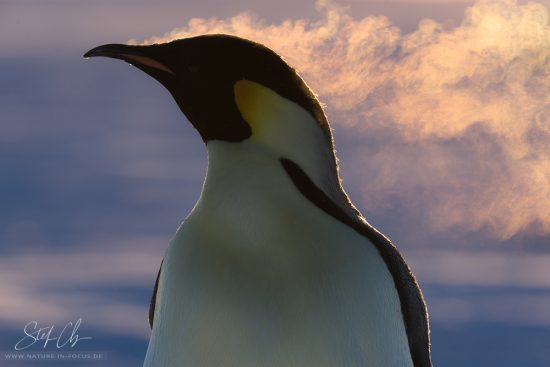
The ClassicBall 5II is made by the German company Novoflex and one of the most solid and precise ball-heads I have ever owned (and likely will ever own). Prior to my departure I contacted Novoflex and told them about my situation and that I was planning to use their product in an extreme environment like Antarctica. They warned me about possible performance reductions and then offered me to prepare a ball-head especially for my application. As a consequence, they custom made a ClassicBall 5II by enlarging the cavity for ball rotation as well as exchanging the normal lubrication by a lubrication which would be more viscous at low temperatures. It’s amazing to see that there are still companies out there who are willing to go the extra mile for their customers. As expected, the ball-head delivered a stellar performance even at -45°C. Ok, the friction control and the panorama base were more rigid than on a warm day, but they were still perfectly useable and exceeded my expectations by far.
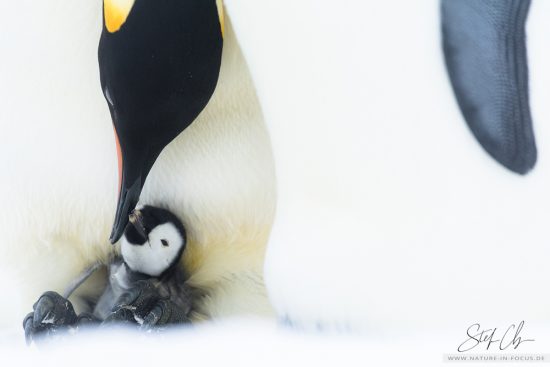
In general I would always recommend to really know your gear and to invest in equipment that will not be hard to use in the shooting conditions you are planning for. Especially in severe weather people are usually somewhat occupied with their bodies and overall well-being, so having to deal with a hard-to-handle piece of equipment will just take away energy from the creative process and ultimately reduce your success as a photographer/filmmaker.Sometimes, less is more (as we experienced with complex gear like the DJI Ronin ;-))!
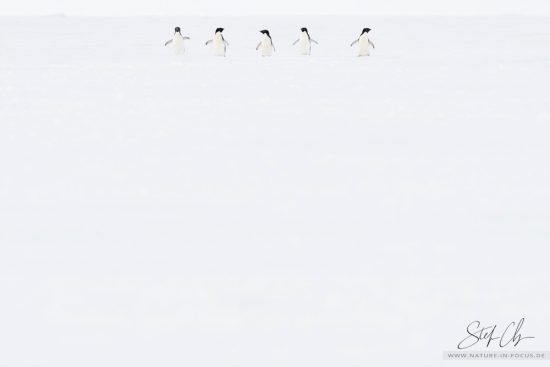
Finally, I would like to reiterate what I have written in my previous articles on Nikonrumors already: Even though photographing in a hostile place like Antarctica can be ridiculously hard work I have always enjoyed every minute of it. Being a physicist and electrical engineer by profession, overcoming the problems, which we encountered in the field was a challenging, but usually very rewarding task. Aside, seeing nature in all its glory and having the privilege to spend two years of my life in a place that most people will likely never get to see is an incredible gift.
I cannot thank my wife enough for letting me go on these two journeys, which have forever changed my life and the way I look at this planet.
If you like, you can follow my work on the following platforms:
Website: http://www.nature-in-focus.de
Instagram: http://www.instagram.com/christmannphoto/
Facebook: https://www.facebook.com/christmann.photography/
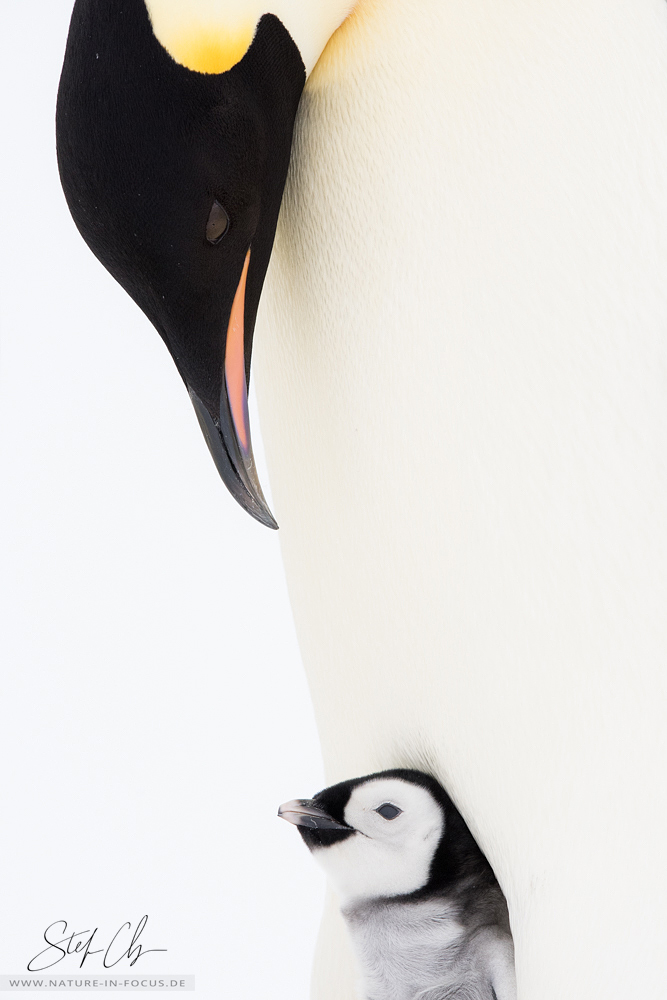
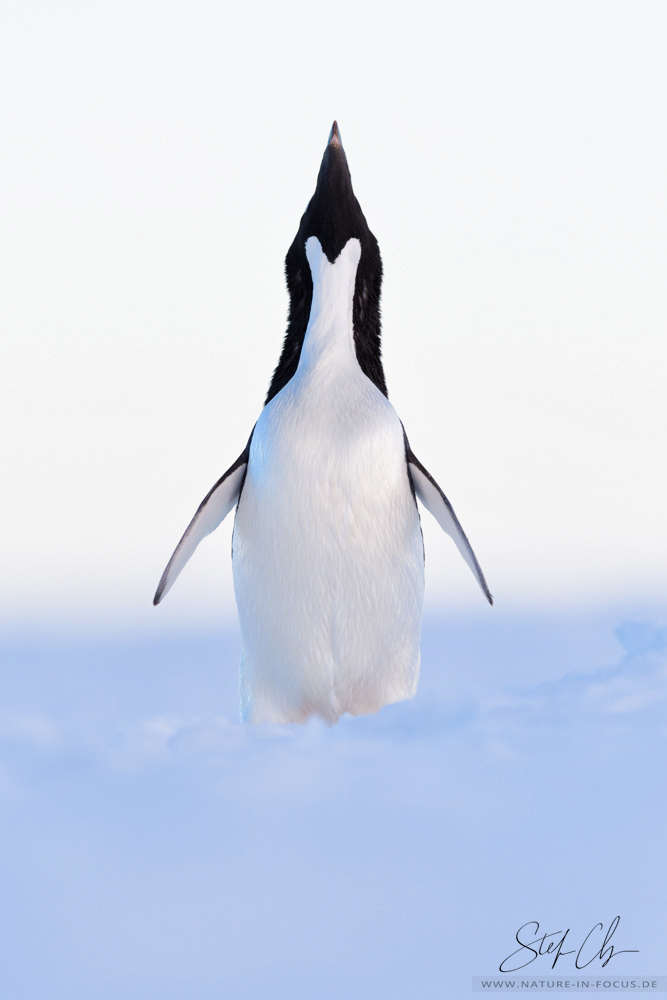
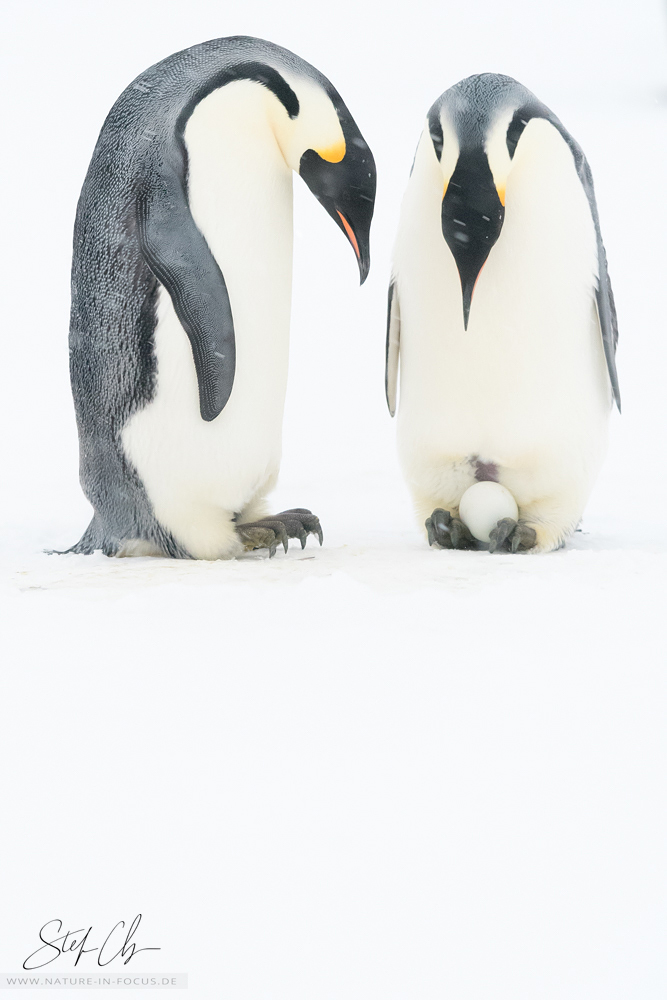
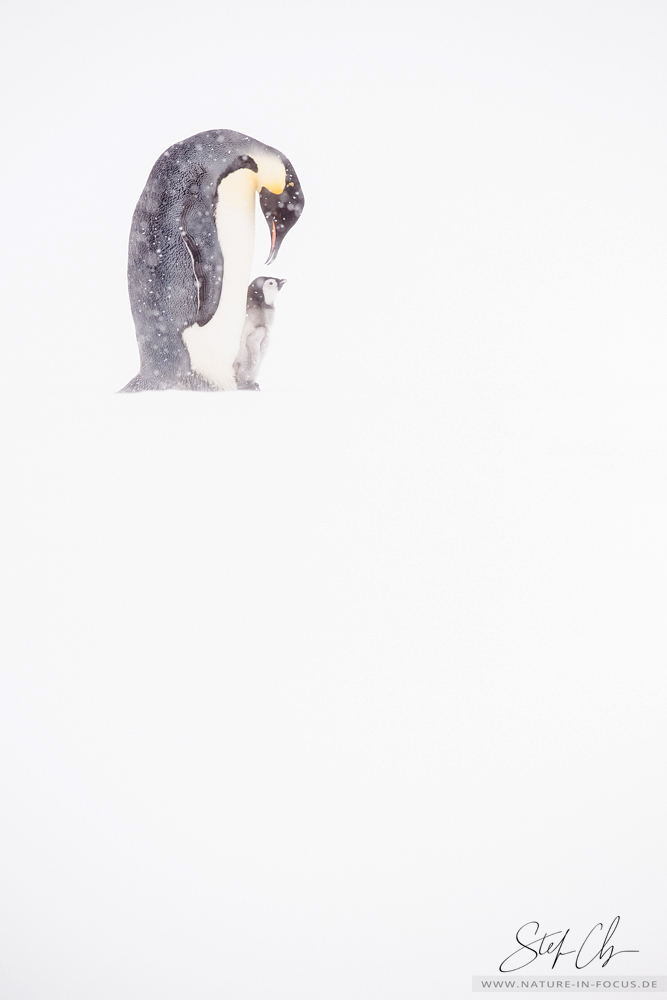
If you have an interesting idea for a guest post, you can contact me here.



